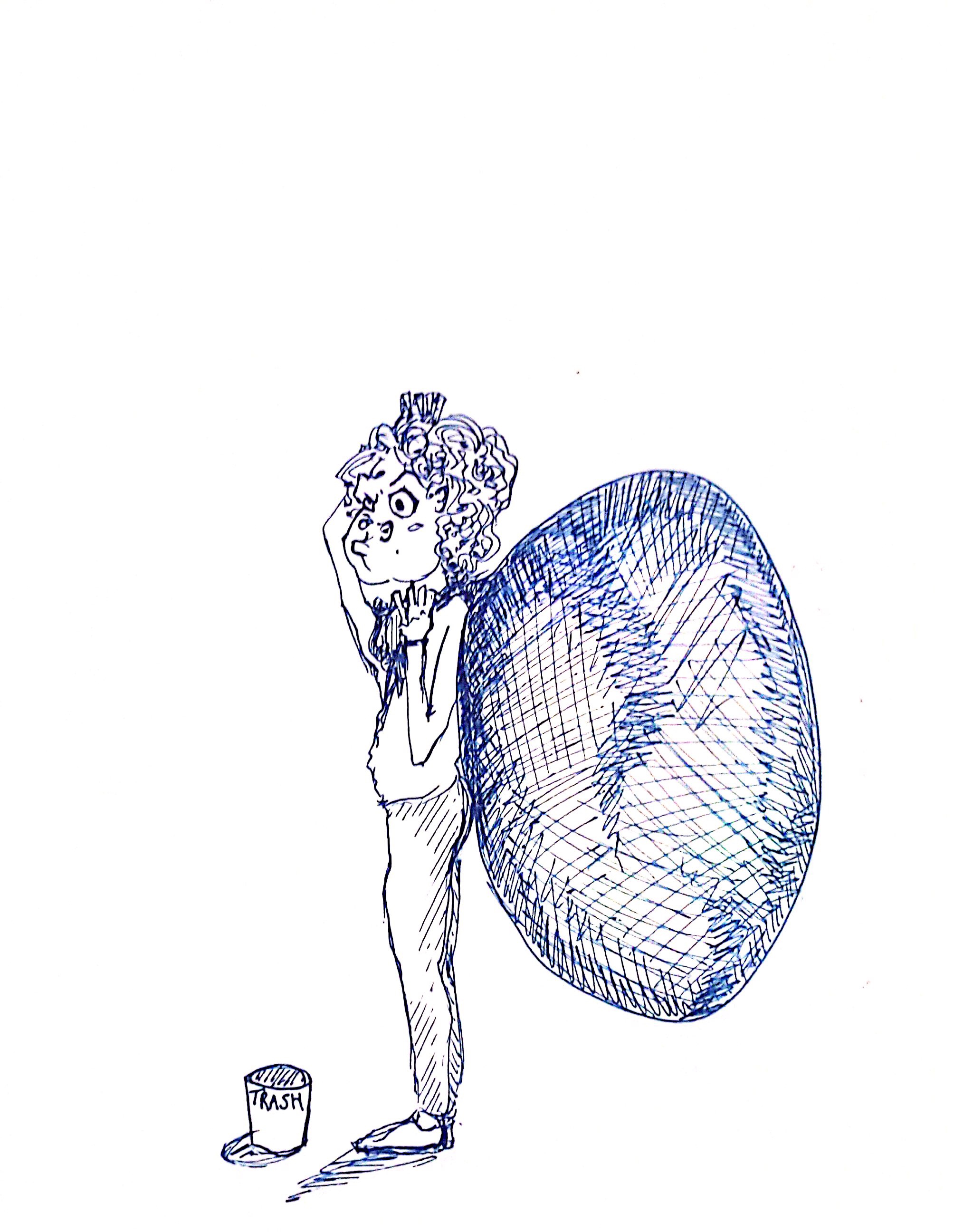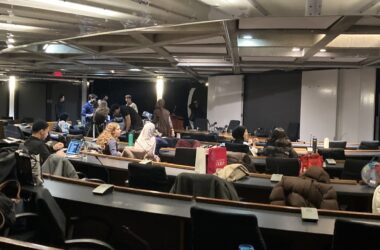It’s no secret that humans have a problem with waste. Globally, we waste CDN $31 billion on uneaten food annually. The United States Environmental Protection Agency estimates that 42 per cent of greenhouse gases come from the production of plastic packaging and goods. As a student, I’m prone to contributing to these waste levels, largely because of my busy schedule. With little time to cook, I often grab meals on the go; coffee in disposable cups or sandwiches wrapped in plastic packaging, which I then toss without a thought about the landfill.
It wasn’t until I realized how much waste I was producing on any given day that I decided it was time for a change. In an effort to be more environmentally-friendly, I undertook a six-day challenge to go “waste-free.”
As simple as that sounds, it actually required a substantial amount of effort. Going “waste-free” entails producing as little trash as possible; people who live waste-free don’t use items that can’t be recycled or reused. To work this into my own life for the week, I brought my own lunches to school and limited how much takeout food I ate. I also made sure to always have reusable containers, an extra tote bag, and an empty reusable water bottle on hand to avoid consuming disposable products. I also tried more specific daily challenges—and while my success in doing so varied, the amount I learned from each one remained constant.
Monday: Do-It-Yourself toiletries
For the first day of the challenge, I made my own toothpaste, shampoo, and body wash. I stored them in reusable Tupperware containers and Mason jars, foregoing the plastic packaging that comes with store-bought products. While the products were not difficult to make, the necessary ingredients—like essential oils—were more costly than the packaged alternative. The body wash and shampoo turned out well and made my skin and hair feel softer. But in a standard week, I don’t know if I’d have the time or energy to make these over buying them. The toothpaste I made tasted chalky—I accidentally added too much baking soda—so I gave up and used my regular toothpaste. I was disappointed that it didn’t work and I’d recommend measuring out the ingredients carefully to anyone trying out this technique. Regardless, the toothpaste consistency might take some getting used to.
Tuesday: Donation day
My closet is overflowing with clothing that I don’t currently wear. It was only fitting that on the second day of this challenge, I clean out my chaotic closet and rid my life of this waste for good. Rather than ditching them in the garbage, I lugged my unused clothes to the Salvation Army in hopes that someone could repurpose them. In purging my closet, I realized just how wasteful some of my purchases were. While I tend to buy individual items I like without considering when or how I’ll wear them, I’m learning that when I shop, I need to think more about how to re-wear certain pieces—and thrift stores are certainly an option.
Wednesday: Paper-free note-taking
On the third day, I challenged myself to take lecture notes on my laptop instead of writing them by hand, which I usually do. Hand-writing notes helps me retain information, but at the end of each semester, I find that I’ve accumulated heaping piles of paper with notes that I’ll never read again. Even though laptops come with the distractions of the Internet, it’s an easy way to cut down on paper use.
Thursday: Miscellaneous waste reduction
Because so much of the waste I accumulate throughout the day are small tidbits that I use without realizing, I made a point to cut down on miscellaneous waste like straws and receipts. Not using straws was fairly easy because I carried a reusable water bottle around with me, but receipts are often printed automatically. For half the day, cashiers printed them out, and I’d have to recycle them. I realized that I needed to tell cashiers in advance that I didn’t want my receipt before it got printed. Though this adds an extra challenge, it’s easy and worthwhile to implement in the future.
Friday: Face mask Friday
Instead of celebrating the week’s end with our usual Sephora face masks, my friends and I made our own face masks out of natural ingredients. This cut out waste from unnecessary plastic packaging entirely. We used simple, inexpensive ingredients that we found at the grocery store: Honey, yogurt, and avocado. Avocado is deeply nourishing for the skin, while yogurt is great for refining pores. While the masks had a chunky consistency that we weren’t used to, they were much cheaper than those at Sephora, making this an easy practice to incorporate into daily life without breaking the bank. Pro-tip: Buy honey in bulk at Frenco.
Saturday: Shopping at a local farmer’s market
While I typically buy my groceries from a supermarket, which involves packaging galore, I went to Jean Talon market on the last day of my challenge to buy fresh fruits and vegetables. I came equipped with reusable bags to carry groceries, the trick to shopping plastic-free. Out of all of the week’s challenges, this was my favourite. In the same trip, I was able to support local farmers and treat myself to ice cream at Havre aux Glaces—which I ate out of my own Tupperware I’d brought with me.
My main takeaway from this experience is that there are numerous small ways to cut down on waste in everyday life, which I hope to maintain long beyond the end of the challenge. However, it is important to note that some methods of waste-free living are more reasonable than others. Buying clothes second-hand is cheaper than the alternative, but buying all groceries at local markets can take time and planning, which many students lack. Going waste-free can help students declutter their lives—while treating the planet right.







